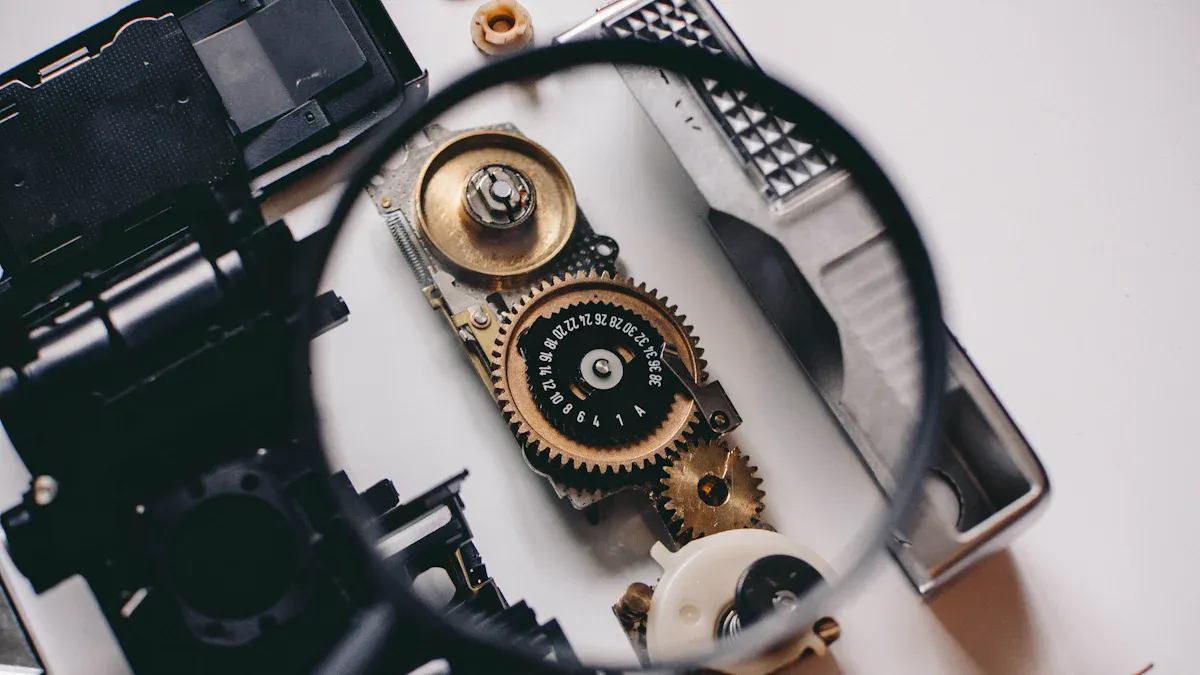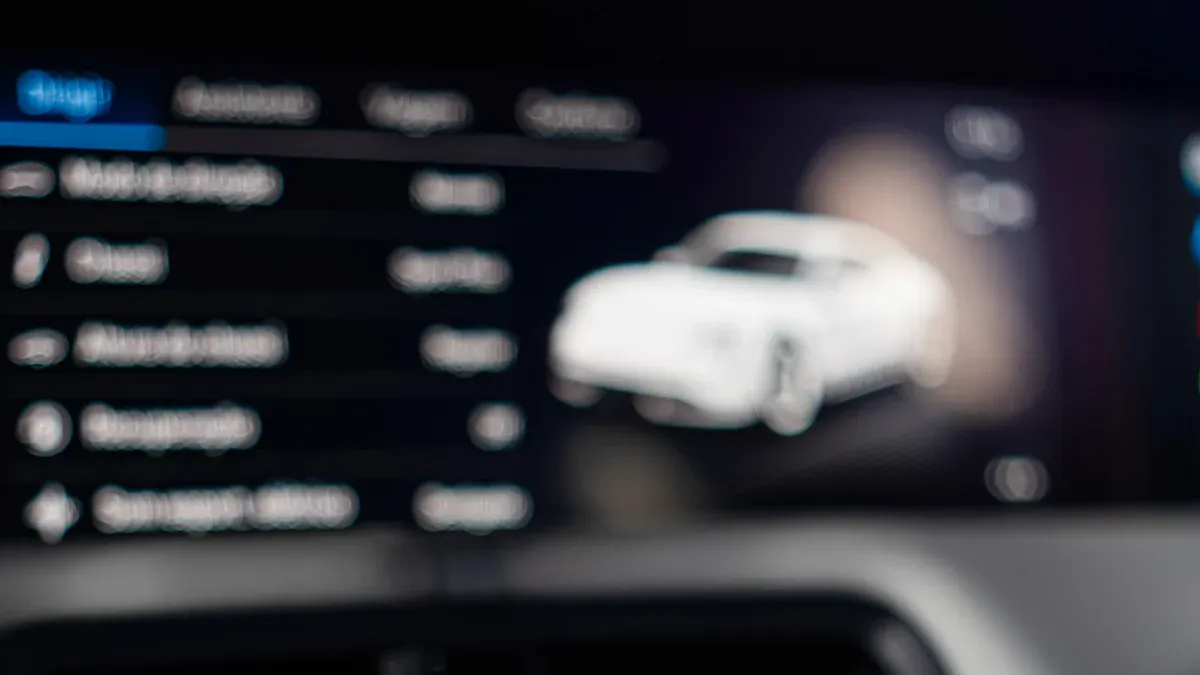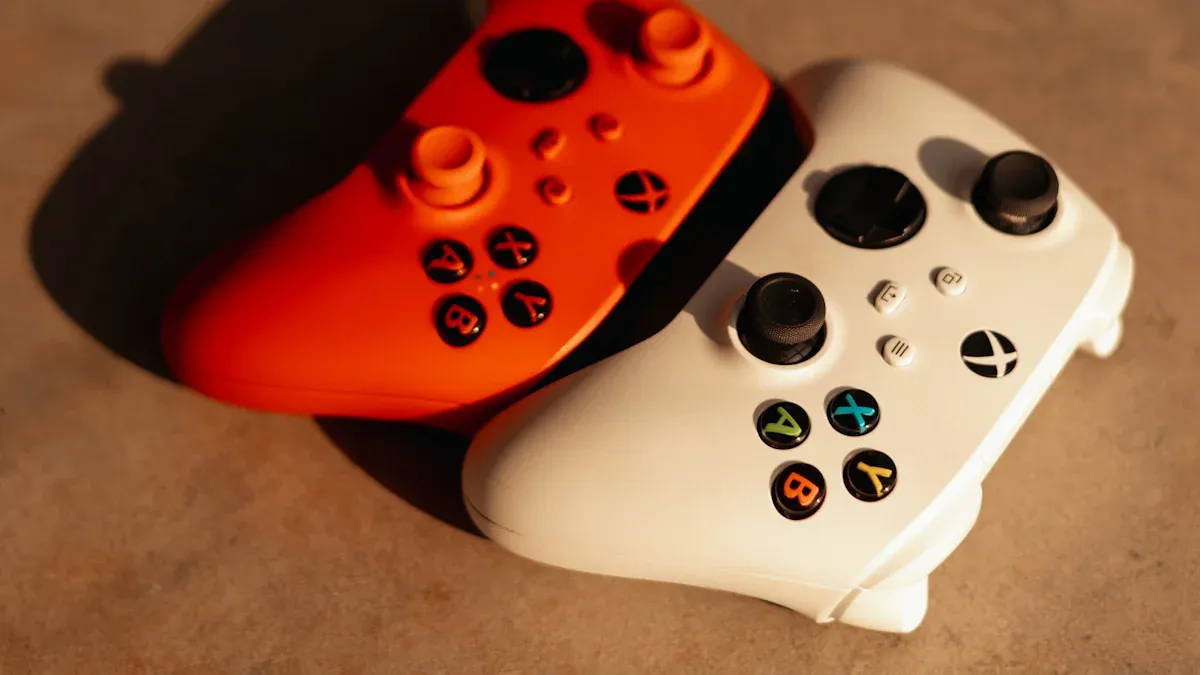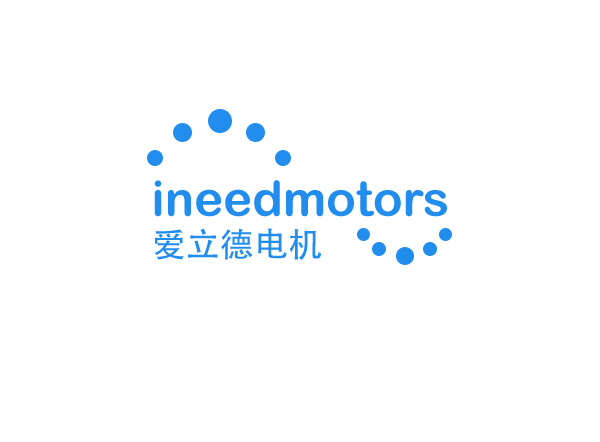Haptic Vibration Technology: Comparing Different Mechanisms and Their Applications in Modern Devices

Haptic vibration technology is now a key part of modern devices. It uses touch sensations to give feedback, making digital use easier and more fun. For instance, when your phone buzzes as you type, that's haptic feedback.
This technology works using three main tools: eccentric rotating mass (ERM) motors, linear resonant actuators (LRAs), and piezoelectric actuators. Each tool has its own benefits, from simple buzzing to detailed and smooth feedback. The haptic market was worth $3.9 billion in 2022 and might grow to $5.0 billion by 2028, showing its growing importance.
Haptic feedback improves how we use devices by connecting the real and digital worlds. Whether tapping a smartwatch or exploring virtual spaces, haptic vibrations make these actions more exciting and responsive.
Key Takeaways
Haptic vibration technology makes devices more fun by adding touch feedback.
Three main tools—ERM motors, LRAs, and piezoelectric actuators—give different types of vibrations, from simple to advanced.
Touch feedback helps with tasks like typing and gaming. It feels natural and helps reduce errors.
In medicine and cars, haptic technology improves safety and accuracy. It helps doctors and drivers react better to situations.
The future of haptic technology is exciting. AI and new tools may make it even better.
Understanding Haptic Vibration Technology

What is Haptic Vibration Technology?
Haptic vibration lets you feel things through devices. It uses vibrations to mimic touch sensations. This isn’t just for alerts; it affects how you feel. For example, a smartwatch might vibrate to calm or alert you. By activating touch sensors, it improves digital interactions. It connects the real and digital worlds, making experiences more engaging.
The Role of Haptic Feedback in User Interaction
Haptic feedback helps improve how we use devices. It adds touch to what we see and hear. For example, a phone vibrates when you press a button. This confirms your action without needing to look or listen. It also makes using devices feel more natural. Whether typing, gaming, or navigating, haptic feedback makes it better.
Tactile Feedback and Its Importance in Modern Devices
Tactile feedback is very important in today’s devices. It helps you use technology more easily. Phones use it to feel like pressing real buttons. This makes actions more accurate and reduces mistakes. In games, it feels real, like a weapon’s recoil. Medical tools use it to guide surgeons during operations. These precise sensations improve how devices work and feel.
Comparing Mechanisms of Haptic Vibration Technology
Eccentric Rotating Mass (ERM) Motors
ERM motors are one of the oldest tools in haptic technology. They work by spinning a small, uneven weight to make vibrations. When the weight spins, it creates a force you can feel. These motors are often found in older phones and game controllers.
Why are ERM motors still used today? They are simple and cheap, making them great for basic feedback. But they do have some downsides. ERM motors take longer to start, usually 50 to 100 milliseconds. The vibration strength depends on how fast the motor spins, so you can't adjust it separately. They also use more power than other options.
Even with these issues, ERM motors are still useful. They are good for devices that don't need detailed or fancy feedback. They are an easy way to add vibrations without raising costs too much.
Linear Resonant Actuators (LRAs)
LRAs are a newer and better option than ERM motors. Instead of spinning a weight, LRAs move a magnetic mass back and forth to create vibrations. This design makes them faster and more precise. You might notice LRAs in newer phones, where they give smooth and focused feedback.
One big advantage of LRAs is their efficiency. They work at a specific frequency, usually between 170 and 180 Hz, for steady vibrations. They also need less power, using only about 2 volts. Unlike ERM motors, LRAs can make stronger vibrations without wasting energy.
LRAs are perfect for quick and accurate feedback. For example, they make typing on touchscreens feel like pressing real keys. Their precise feedback makes them popular in wearables and gaming gadgets.
Piezoelectric Actuators
Piezoelectric actuators are the most advanced in haptic technology. They use special materials that expand or shrink when electricity flows through them. This fast movement creates vibrations you can feel. These actuators are known for being quick and flexible, making them great for advanced feedback.
What makes piezoelectric actuators special is their speed and power. They start almost instantly, faster than any other mechanism. They can work across a wide range of frequencies, from 0 Hz to 500 Hz, for many different sensations. They also use less power than ERM motors and can create very strong vibrations.
You’ll find piezoelectric actuators in devices needing detailed feedback. For example, high-end phones use them for realistic gaming vibrations. They are also used in medical tools to help surgeons during delicate tasks.
Tip: Want the best haptic experience? Choose piezoelectric actuators. They are fast, powerful, and perfect for advanced devices.
Applications of Haptic Feedback in Modern Devices

Smartphones and Wearables
Haptic feedback makes smartphones and wearables more useful and fun. When typing on a touchscreen, small vibrations confirm each keypress. This feeling helps you type better and faster. Haptic feedback also keeps you updated quietly. For example, a smartwatch can vibrate for calls, messages, or reminders. This way, you stay informed even in noisy places.
Wearables also use vibrations to help with fitness. They can buzz during workouts to guide you or remind you of goals. This keeps you active and focused. Advanced wearables even track health using haptics. For instance, they can vibrate to warn about heart issues or remind you to take medicine. These features make haptic devices very helpful every day.
Gaming and Virtual Reality
Haptic feedback makes gaming and virtual reality feel real. Imagine feeling a gun's kickback in a game or a car's engine rumble. These feelings make games more exciting and fun. Controllers and gloves with haptics let you feel virtual objects like they are real. This makes playing games more enjoyable and lifelike.
In virtual reality, haptics connect the digital and real worlds. For example, touching a virtual object can feel like its texture or weight. This makes you feel like you're really there. Augmented reality also uses haptics to make actions feel natural. Whether solving puzzles or exploring virtual worlds, haptics makes it all more thrilling.
Automotive and Medical Devices
Haptic feedback is changing cars and medical tools for the better. In cars, it helps drivers stay safe. For example, steering wheels can vibrate to warn about dangers like lane drifting. Touchscreens in cars also use haptics to feel like real buttons. This helps drivers adjust settings without looking away from the road.
In medicine, haptics improves surgeries and training. Surgeons can feel tissue resistance during delicate procedures using haptic tools. This makes surgeries safer and more accurate. Medical students use haptic simulators to practice and learn. These tools help them get ready for real-life challenges. Haptic feedback is vital for safety and success in both cars and healthcare.
Haptic vibration technology has changed how we use devices. The three main tools—ERM motors, LRAs, and piezoelectric actuators—each have special uses. ERM motors give simple vibrations. LRAs offer accurate and smooth feedback. Piezoelectric actuators create advanced and detailed sensations. These tools work together to connect the digital and real worlds, improving how devices feel.
Haptic feedback has a bright future. Systems might mix tools for better sensations. AI could make feedback match your actions and likes. These new ideas will make devices easier and more fun to use. Haptic technology will stay important in modern life.
FAQ
What does haptic feedback do in devices?
Haptic feedback lets you feel actions on devices. It gives touch sensations, like when typing or pressing buttons. This makes using gadgets easier and more natural. It improves how you interact with modern technology.
Why are piezoelectric actuators the best haptic tools?
Piezoelectric actuators are fast, strong, and very accurate. They work at many frequencies to create detailed vibrations. These features make them great for gaming, medical tools, and top smartphones.
How does haptic feedback make gaming better?
Haptic feedback makes games and virtual reality feel real. You can feel things like a car’s rumble or a gun’s kickback. This makes gaming more exciting and fun.
Why are LRAs better than ERM motors?
LRAs are quicker and more precise than ERM motors. They use less power and give smoother vibrations. This makes them perfect for touchscreens, wearables, and other modern gadgets.
Can haptic feedback help in medicine?
Yes, haptic feedback is very useful in medicine. It helps surgeons feel tissue during operations, improving accuracy. Medical students also use it to practice and learn better for real-life surgeries.
See Also
Revolutionary Vibration Technology: Modern Motors Transforming Haptic Feedback
Exploring Haptic Feedback: Uses, Advantages, and Future Developments
Understanding Vibration Motors: Their Role in Haptic Feedback
Engineering High-Intensity Haptic Feedback: Designing for Powerful Vibration
Understanding Haptic Feedback: Enhancing User Experience Effectively
Get Custom Micro DC Motors from
INEED Motors!
Leading Brand in Vibration Motor Manufacturing Industry
